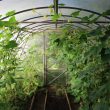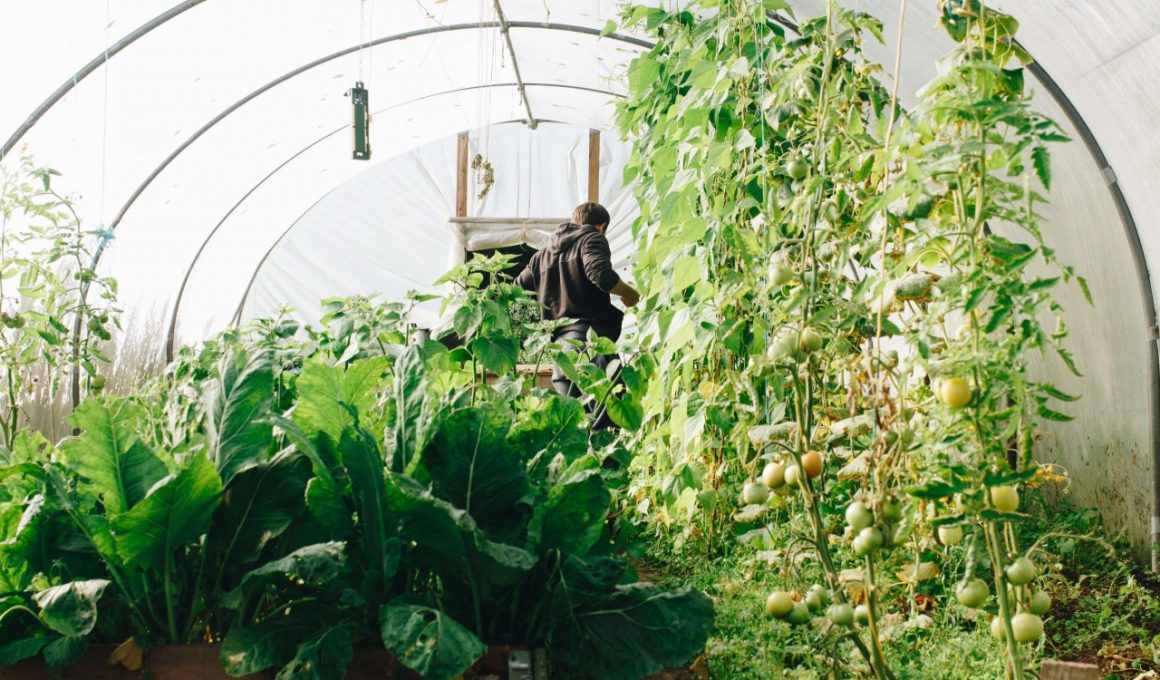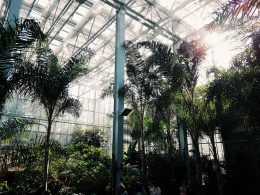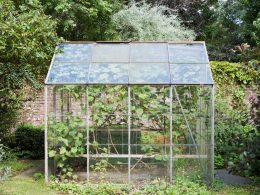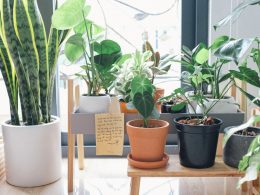Green House Adviser is reader-supported. When you buy through links on our site, we may earn an affiliate commission. Learn more
Greenhouses have been around for quite a long time, but there are many aspects that people don’t understand about them, and most have one question: “How does a greenhouse work?”
This article will break down the science behind greenhouses and give you an understanding of what makes them work so well. We’ll explore everything from their purpose to how they accomplish that purpose with topics ranging from how they work, their benefits, and beyond.
What Is a Greenhouse?
If you are an environmentalist and love to “go green,” you may have heard of greenhouses. A greenhouse is a structure with transparent glass or plastic walls. Greenhouses are widely used in gardening to protect plants against bad weather and allow them to grow even during the winter.
Greenhouses are considered a type of artificial climate – one that is created by humans for horticultural purposes. Without them, many plants would not be able to survive the harsh winters. As a container, a greenhouse is designed to trap the heat in and keep plants warm so that they grow faster than usual and stay healthy even in harsher weather.
What Is a Greenhouse Used For?
Greenhouses are used for a variety of purposes. The most common use is to protect plants, flowers, and vegetables from the cold weather. Greenhouses also help grow plants that need warmer temperatures than normal gardening conditions provide. Greenhouses make it possible to grow crops year-round, so they’re beneficial, especially in areas with long winters.
In addition, greenhouses provide extra protection from pests and other animals that may want to eat your crops.
How Does a Greenhouse Work?
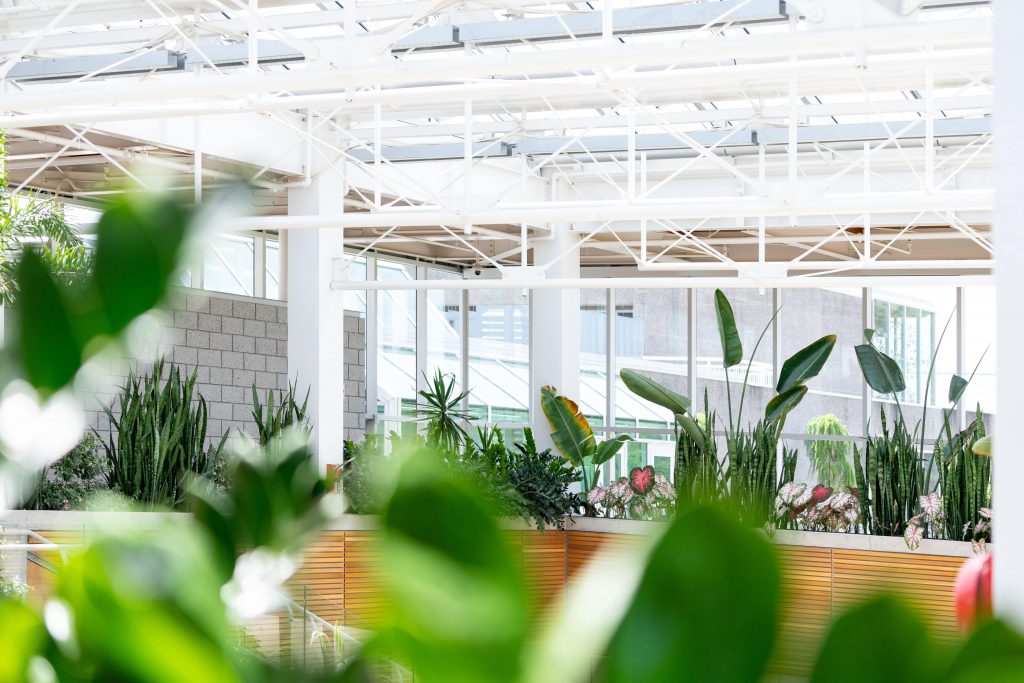
You have probably been to a greenhouse or at least driven past one. The days of the plastic greenhouses are long gone; they now have glass roofs and can be seen on almost every street in the suburbs. You might wonder how the mechanism that these glasshouses employ works. We will lay it out for you here.
Step one: light comes in
The first step to building a greenhouse is ensuring you have enough light. You can use artificial light, but it is not as effective as natural light. The best place to put the greenhouse is on a south-facing slope or hillside. If you don’t have that, try to put it in a spot where it gets at least six hours of direct sunlight daily.
Step two: light is absorbed and converted
The plants and other objects inside a greenhouse absorb sunlight. Then, they convert the light into heat energy. The amount of heat a greenhouse absorbs depends on its size, sun exposure, and contents. Keep in mind that some flooring materials can absorb and hold heat more easily than others.
Step three: heat is released
The heat absorbed by the floor and other objects passes through the greenhouse, warming up the plants and soil. The temperature of the air in the greenhouse rises and creates a convective airflow, which transfers heat from one plant to another.
Step four: heat is trapped
Light travels quickly into the greenhouse through its glass. Once the light is converted into heat, the wavelength’s shape changes, limiting how much it can pass through glass. So, only some longer wavelengths can escape through the glass and travel out into the atmosphere.
The rest of the heat stays inside and keeps rising. Then, the heat pushes the cold air downward, thus creating a heating cycle.
What Are the Benefits of Having a Greenhouse?
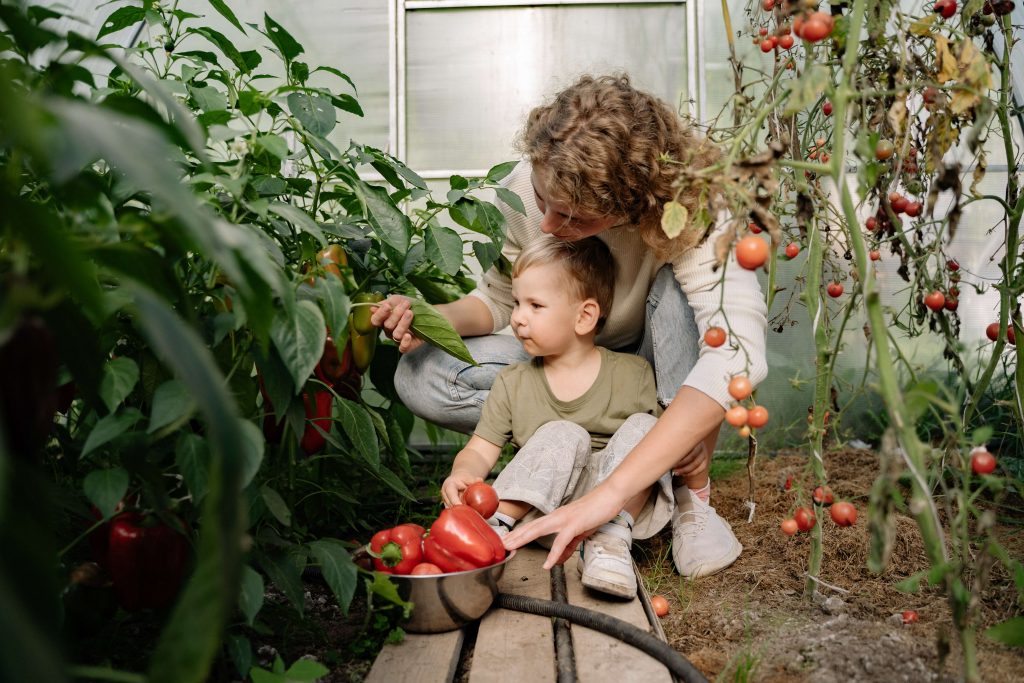
Greenhouses are an excellent way to grow your own food or flowers. Some of the benefits of a greenhouse include:
- Extending growing seasons with greenhouse plants
- Healthier plants
- Better pest prevention
- Additional growing options
- Weather protection for greenhouse plants
- Fresh food on hand whenever you need it.
The Bottom Line
A greenhouse is a great alternative for growing plants in any season. By absorbing the light and converting it into heat, these ingenious structures keep your plants fed and warm.
So, if you want to grow tomatoes even in winter, or just have a place to keep your plants safe and warm, a greenhouse won’t disappoint.


